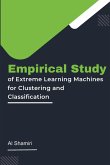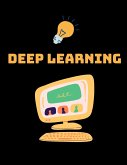Extreme Learning Machines (ELMs) are a type of machine learning algorithm that can be used for clustering, which involves grouping data points together based on their similarities. In an empirical study, researchers might apply ELMs to clustering problems to evaluate their effectiveness and compare them to other clustering algorithms. The ELM algorithm works by randomly initializing a set of weights for the connections between input neurons and hidden neurons. The algorithm then uses these weights to generate a set of hidden layer outputs, which are then fed into an output layer to produce a set of predictions. ELMs can be used for a variety of machine learning tasks, including classification, regression, and clustering. In an empirical study, researchers might use ELMs to cluster data points based on their similarities. This could involve grouping together data points based on shared characteristics, such as similar values for certain variables or patterns in the data. To evaluate the effectiveness of ELMs for clustering, researchers might compare their results to those obtained using other clustering algorithms, such as k-means or hierarchical clustering. They might also use various performance metrics, such as clustering accuracy or silhouette coefficient, to measure the quality of the clustering results. Overall, an empirical study of ELMs for clustering can provide insights into the effectiveness of this algorithm for this particular task, as well as its strengths and weaknesses compared to other clustering algorithms. This information can be used to improve the development and implementation of ELMs for clustering in a variety of applications.







